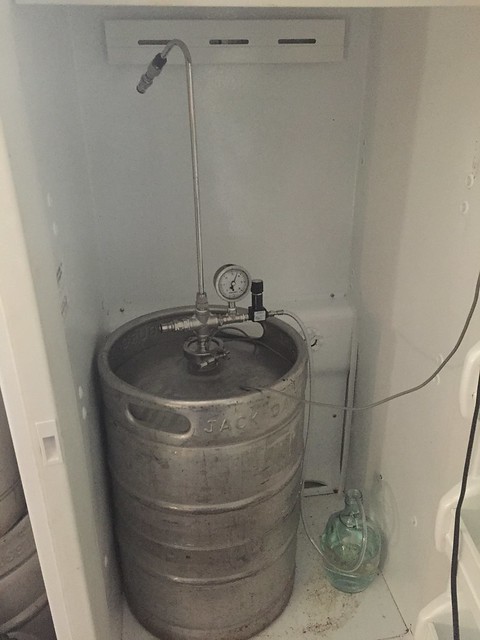dang, was hoping they were the same, just depending on how you place them.
Doesn't look like amazon has anything then besides this one, that is about twice the price as the recommended M-C unit, and with an apparent level of dissatisfaction.
http://www.amazon.com/Control-Devices-Series-Pressure-Adjustable/dp/B007GDY3CU/ref=sr_1_1?s=industrial&ie=UTF8&qid=1420652832&sr=1-1&keywords=pressure+relief+valve+adjustable
I'm using thefrost-referenced Williams unit and also find that (admitedly, as advertised) PSI control below about 18 is sketchy. Can anyone confirmt that the M-C unit is good at 0-20?
EDIT: this M-C: http://www.mcmaster.com/#48935k25/=vd5b08 which, incidentally, FredTheNuke, claims to address vacuum and pressure ?
I have two of the Amazon valves and they work fine. The numbering on them is worthless, and fine tuning is a constant process, but overall they work and I am happy with them. They do not dismatle so soaking is the only way to clean them. When one gets clogged I have to hook it up to CO2 or my city water to break up the gunk before soaking.
Last edited by a moderator:








































